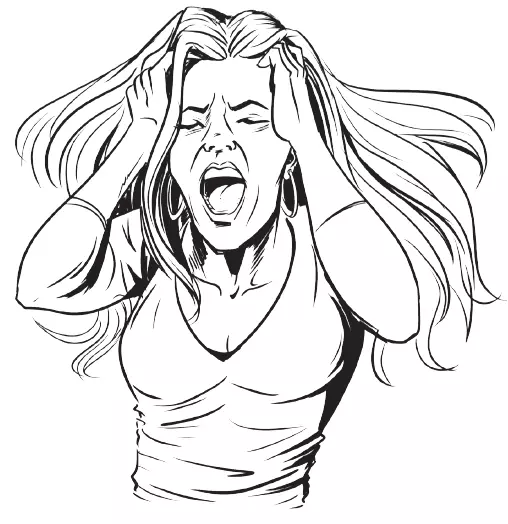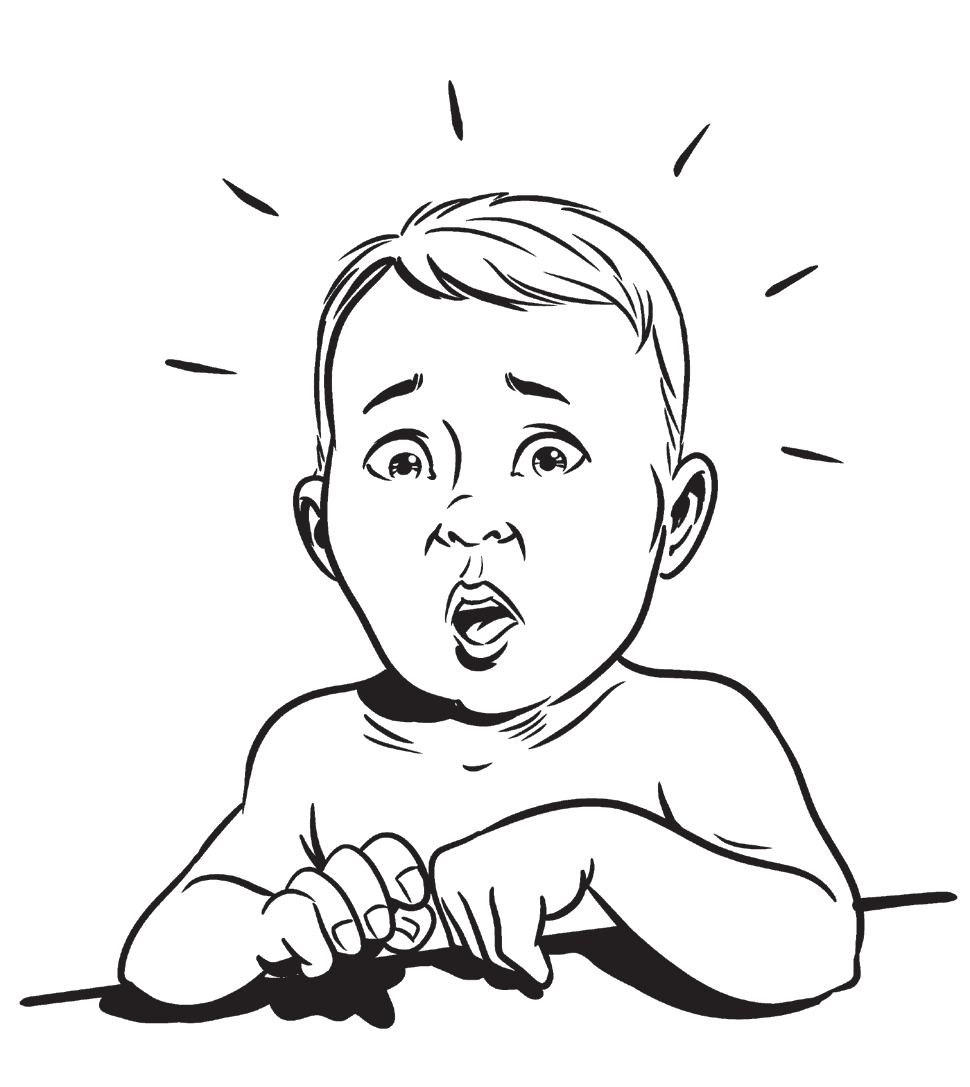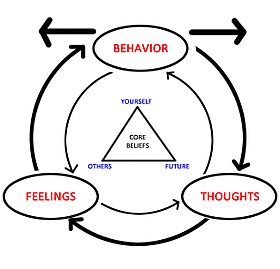Panic Disorder Definition According to DSM-5
by Vlasta Kuster

Panic disorder definition according to Diagnostic and Statistical Manual of Mental Disorders (DSM-5) defines panic disorder as a...
...type of anxiety disorder, characterized by sudden attacks of fear and panic, or extreme and frequent panic attacks.
In this kind of anxiety disorder a person experiences repeated panic attacks when there is no actual danger.
Panic disorder is an Anxiety Disorder Based Primarily on the Occurrence of Panic Attacks
The Diagnostic and Statistical Manual of Mental Disorders (DSM-5) is a system used in the United States to diagnose mental health disorders.
According to DSM-5, panic disorder is an actual mental health diagnosis.
DMS-5 defines panic attacks as abrupt surges of intense fear or discomfort that peak within minutes.
Panic attacks are sudden periods of intense anxiety or fear that may also cause irrational thoughts or actions.
They may occur without a known reason, but more frequently they are triggered by fear-producing events or thoughts. As already mentioned, panic disorder is an anxiety disorder based primarily on the occurrence of panic attacks, which are recurrent and often unexpected.
Since panic attacks are key to a panic disorder diagnosis, DSM-5 classifies them into two very clear categories:
- expected and
- unexpected panic attacks.
- Expected panic attacks are those who are associated with a specific fear like fear from flying, while
- unexpected panic attacks have no apparent trigger and may occur out of the blue.
Panic disorder is also characterized by persistent fear of having another panic attack.
At least one attack is followed by one month or more of the person fearing that they will experience additional panic attacks (or their consequences).
According to DSM-5, a panic attack is characterized by four or more of the following symptoms:
- heart palpitations or accelerated heart rate,
- sweating, chills or hot flushes,
- trembling or shaking,
- shortness of breath,
- chest pain or discomfort,
- nausea or abdominal distress,
- feeling dizzy and lightheaded,
- fear of losing control or going crazy,
- fear of dying, etc.
Panic disorder is believed to be due to an abnormal activation of the body's hormonal system, causing a sudden 'fight or flight' response which plays a critical role in how we deal with stress and danger in our environment.
Panic disorder can strike at any point in life.
It most often begins during late adolescence or early adulthood and it is 2.5 times more prevalent among women than men.
Panic disorder can lead to serious disruptions in daily functioning and make it difficult to cope with everyday situations.
Sources:
https://www.verywellmind.com/what-is-a-panic-disorder-2795468
https://www.verywellmind.com/diagnosing-panic-disorder-2583930
https://www.rxlist.com/script/main/art.asp?articlekey=4753
https://www.healthline.com/health/panic-disorder
https://www.cancer.gov/publications/dictionaries/cancer-terms/def/797033
Vlasta Kuster, holds an MA degree in Basic Medical Sciences and uses her 3-month EFT therapy in her work to help people to do away with panic attacks and anxiety for good. She has more than 10-year experiences in EFT therapy and achieves at least 90% success in permanently eliminating anxiety and panic attacks. You may contact her through her website freeofpanic.com


